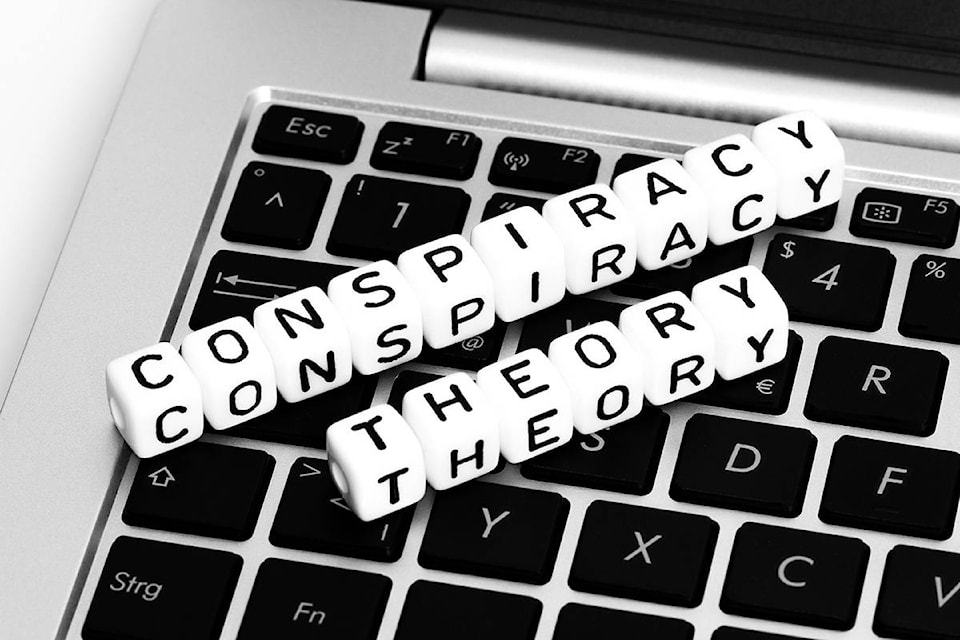Over the past few years there has been a rise of conspiracy movements, such as QAnon, and more extreme groups fueled by media agencies like Breitbart, Infowars and One America News Network (OANN) that have been pandering for their target audience. The current trends of misinformation on social media are worrying. They have been corrosive towards democracy. It has taken lives, such as at Christchurch. It has helped the pandemic spread further in the United States.
There are some tricks and resources I have used to help sift through all of the information that pours from social media. The first and easiest is to hold some skepticism to the news source, and who is saying it. If they are paid by oil companies like Koch or Shell and start talking about climate change, it is fair to say their wallet has more to do with what they have to say, rather than our well-being.
The second trick is to look up fact-checking sources, such as Snopes, Reuters, or Politifact. These sites are excellent for looking up the more outrageous claims made online, especially if they might have originated from gossip or from lesser-known news sources.
One last resource is from the late brilliant scientist Carl Sagan. He wrote an essay that is accessible free of charge online, called The Fine Art of Baloney Detection. In it, Sagan gives numerous examples of how we make mistakes in our thinking. It is one of the best overviews of critical thinking I have read and certainly one of the most useful essays on the subject. If you ever notice something sounding wrong when someone argues with you, the reason is probably in Sagan鈥檚 essay.
Kamryn McMillan,
Comox



